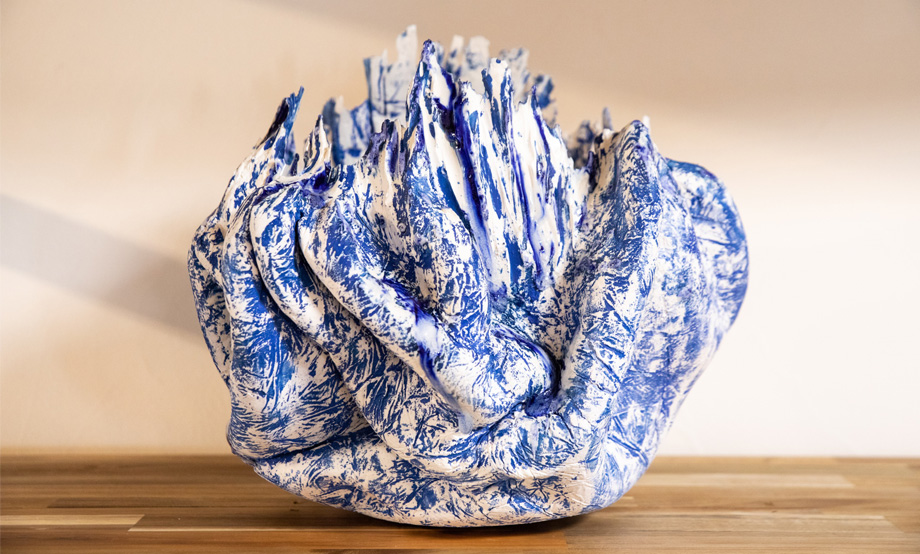
Ucoming virtual talk at the 92nd Street Y. October 30th, 7:00-8:00 pm EST.
The term “Japanese Ceramics” encompasses such an expansive body of work as to be practically meaningless — too imprecise to capture the rich diversity of the practice today. Throughout Japan’s history, the clay arts have held a venerated place in the wider culture. By the 17th century, Japan’s porcelain production had become globally recognized for its unparalleled excellence, and later, in the 1920s, its Mingei Movement, played a key role in inspiring similar studio craft revivals elsewhere. Continuously evolving ever since, Japanese ceramic arts in the 21st century have taken on a vast array of manifestations, spanning a multitude of technical, material, and narrative approaches.
In seeking out the finest examples of contemporary ceramics in Japan — including earthenware, stoneware, and porcelain — design historian Daniella Ohad has visited studios across the country on her expedition. Some artists employ wheels and others sculpt the clay by hand; some use traditional and experimental glazes and others allow wood ash to paint the clay; some were brought up in multi-generational family practices and others sought out training in schools and apprenticeships with masters. While many of the ceramic artists working in Japan today are more interested in pursuing novelty than those who came before them, they remain highly respectful of their heritage, creating the contemporary while considering and respecting the traditional.
Registration is open at the 92nd Street Y.
